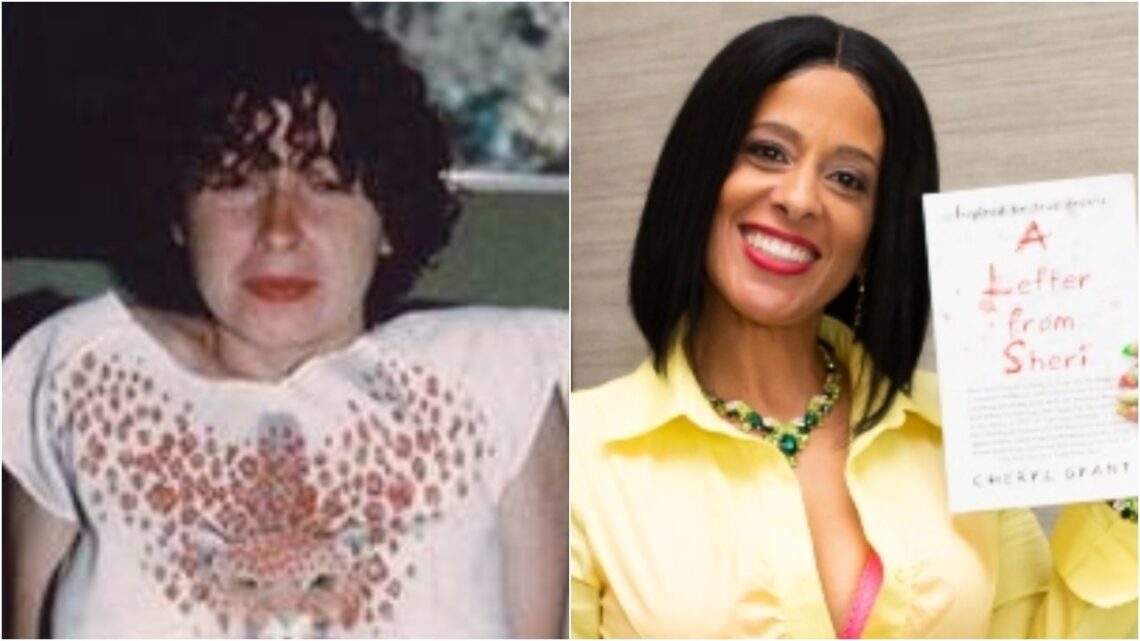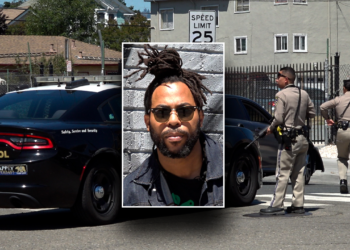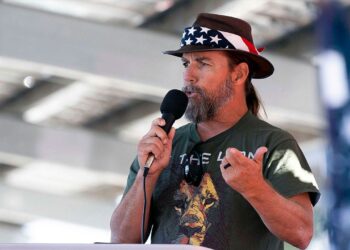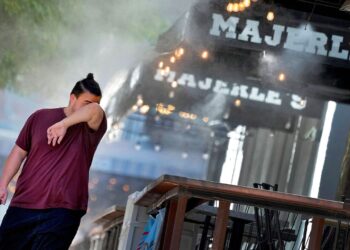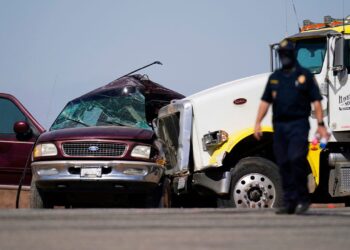A Michigan woman is making it her life’s mission to help foster children and families since she learned the fate of her own biological mother, who was murdered by two notorious California serial killers in the mid-1980s.
Cheryl Gyant’s mission to know her mother began at 10 years old, when her grandmother told her she was adopted.
“I was dealing with that internally, and it was such a struggle,” recalled Gyant, who wrote a book based on her experience, “A Letter from Sheri.” She didn’t want to ask her adoptive parents, whom she loved and who loved her, about her biological parents for fear of offending them.
“I remember being little and being at the grocery store with my mom and just looking at people — looking at women and saying, ‘I wonder if that’s my mom,'” she said.
BTK SERIAL KILLER NOT INVOLVED IN OKLAHOMA COLD CASE, DAUGHTER SAYS, DESPITE REPORTS HE WAS QUESTIONED IN PRISON
Authorities found and recovered her mother Sheryl Okoro’s remains, including a neck bone and three leg bones, at a rural Wilseyville, California, property at the base of the Sierra Nevada.
VERMONT COLD CASE MURDER SUSPECT FLED COUNTY, BECAME MONK AFTER SRANGLING WOMAN
Serial killers Leonard Lake and Charles Ng used the property to rape, torture and kill as many as 25 women, men and babies they abducted in the mid-1980s as part of a sick serial killer fantasy. The killers hid and attempted to burn victims’ bodies on the property.
Lake and Ng also hid some of the victims in a bunker near the Wilseyville property. Lake had a fantasy of holding women captive for some 20 years before he carried out the crimes.
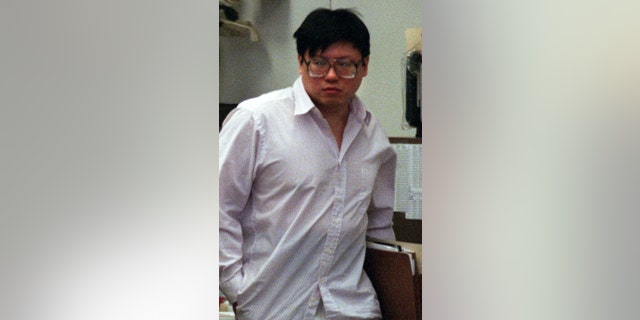
An investigation into their crimes lasted nearly five weeks, according to court documents, during which time investigators “discovered thousands of bone and tooth fragments buried throughout” Lake’s and Ng’s property.
“At least four dental specimens belonged to a child under the age of three years old. After reviewing all the found fragments, two forensic anthropologists concluded…
Read the full article here

